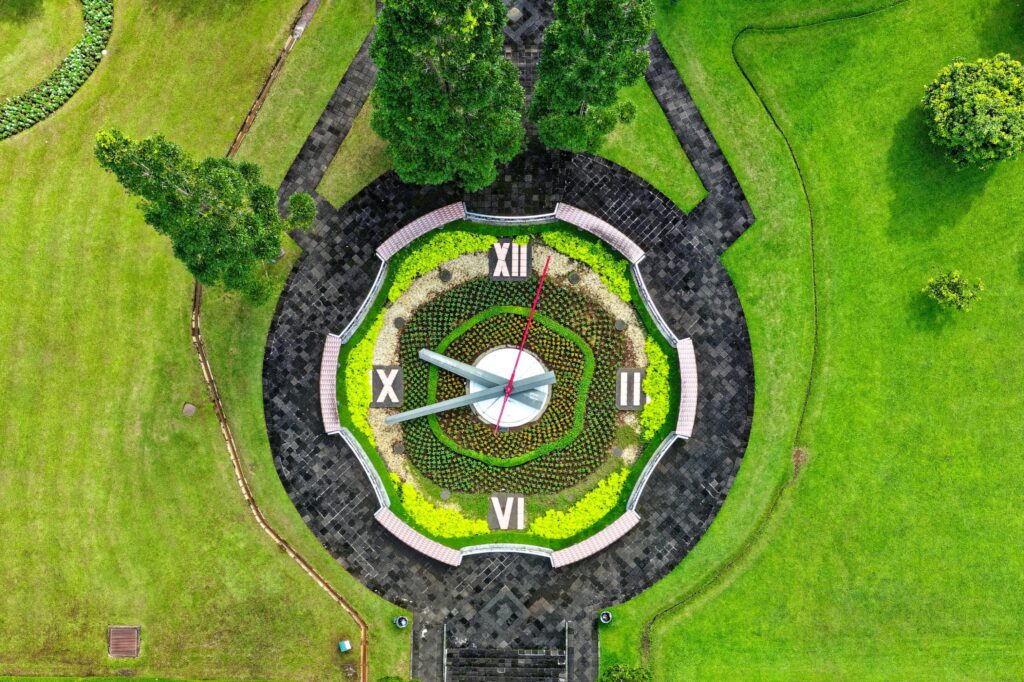
Pruning Techniques for Shaping Trees and Enhancing Growth
Pruning is the art and science of stimulating growth and shaping a tree’s natural form. It helps to control tree size, prevent safety hazards and create a harmonious landscape.
A well-trained pruner makes health-promoting cuts first, removing diseased, crossing or weak branches and those that are heading in the wrong direction. Then, he or she shapes the plant by making strategic cuttings.
Thinning
A healthy, properly-pruned tree contributes greatly to the aesthetics of a landscape. Tree care in Kansas City is essential for maintaining the overall well-being of your trees. Proper thinning can also improve safety and visibility, and increase accessibility for pedestrians and vehicles.
The first step in thinning is to remove dead, diseased, or problem limbs by cutting them at their point of origin. This opens up the crown and reduces stress on selected limbs caused by gravity, wind, ice, or snow.
After these removals, the pruning cut should be made slightly lower than the point of origin to encourage the development of new lateral branches and shoots. The goal is to create a well-balanced and uniform crown that provides adequate light and air circulation. Proper tree care in Kansas City also includes the proper spacing of lateral branches to prevent one branch from overshadowing another. This enables plants to receive adequate amounts of nutrients to thrive. Additionally, it allows for the proper drainage of soil around the roots of saved limbs, making them less susceptible to diseases and insect pests. Regular tree care in Kansas City ensures the longevity and vitality of your trees.
Removing Dead or Diseased Branches
When pruning, always make a clean cut, preferably just above a bud or branch node. Dead branches should be removed promptly. Aim for a cut location that is a minimum of 1/2 inch above the bud or branch node; this promotes healing and keeps wounds from becoming infected with disease organisms.
The terminal bud (the bud at the end of a branch or twig) produces a hormone that suppresses the growth of lateral buds (buds oriented along side branches). When the terminal bud is removed by pruning, the lateral buds are stimulated to grow vigorously, and often become new terminals.
Branches that have been damaged by storms, ice or frost should be removed promptly. Avoid extensive pruning of deciduous trees during “maple sugar time” (January through early March in most areas). Oaks should not be pruned during their period of vulnerability to oak wilt insect infestation. Pruning of broadleaved evergreens and rhododendrons is best done in late winter.
Removing Watersprouts
When trees produce water sprouts they usually indicate some type of stress or damage. This may be due to root damage, storm damage, over-pruning, improper thinning or disease. If the water sprouts are not removed, they will continue to grow and can weaken the main branch and trunk.
Removing the water sprouts will help the tree to recover and prevent future problems. Small sprouts can be removed with sharp pruners while larger sprouts must be cut at their base. Removing the sprouts early in the spring will allow them to heal quickly. Suckers can be reduced by applying sprays or paints containing NAA (synthetic auxin).
Pruning is an important part of caring for your plants, but it can seem complicated and daunting to those unfamiliar with the process. By understanding the different pruning techniques and when to use them, it will become easier for you to maintain the health and beauty of your landscape trees.
Removing Stubs
Trees that bloom in spring — including azalea, rhododendron, mountain laurel, forsythia and flowering plum — should be pruned in late winter or early spring before new growth starts. These shrubs flower on buds that develop on wood produced during the previous growing season. This is called “heading back.”
A good pruning technique involves making a series of cuts that open the center of a plant rather than cutting the entire stem to a fork. Properly done, this technique helps to control the overall size and shape of a shrub.
When removing a tree branch or twig, make the first cut on the underside of the limb and travel about 18 inches up the side of the twig or branch. This provides a large surface area for the production of callus tissue that covers the cut. A second cut should be made on the topside of the twig or branch, but this time about 15 inches farther up the limb. This reduces the chance of damaging the bark.



